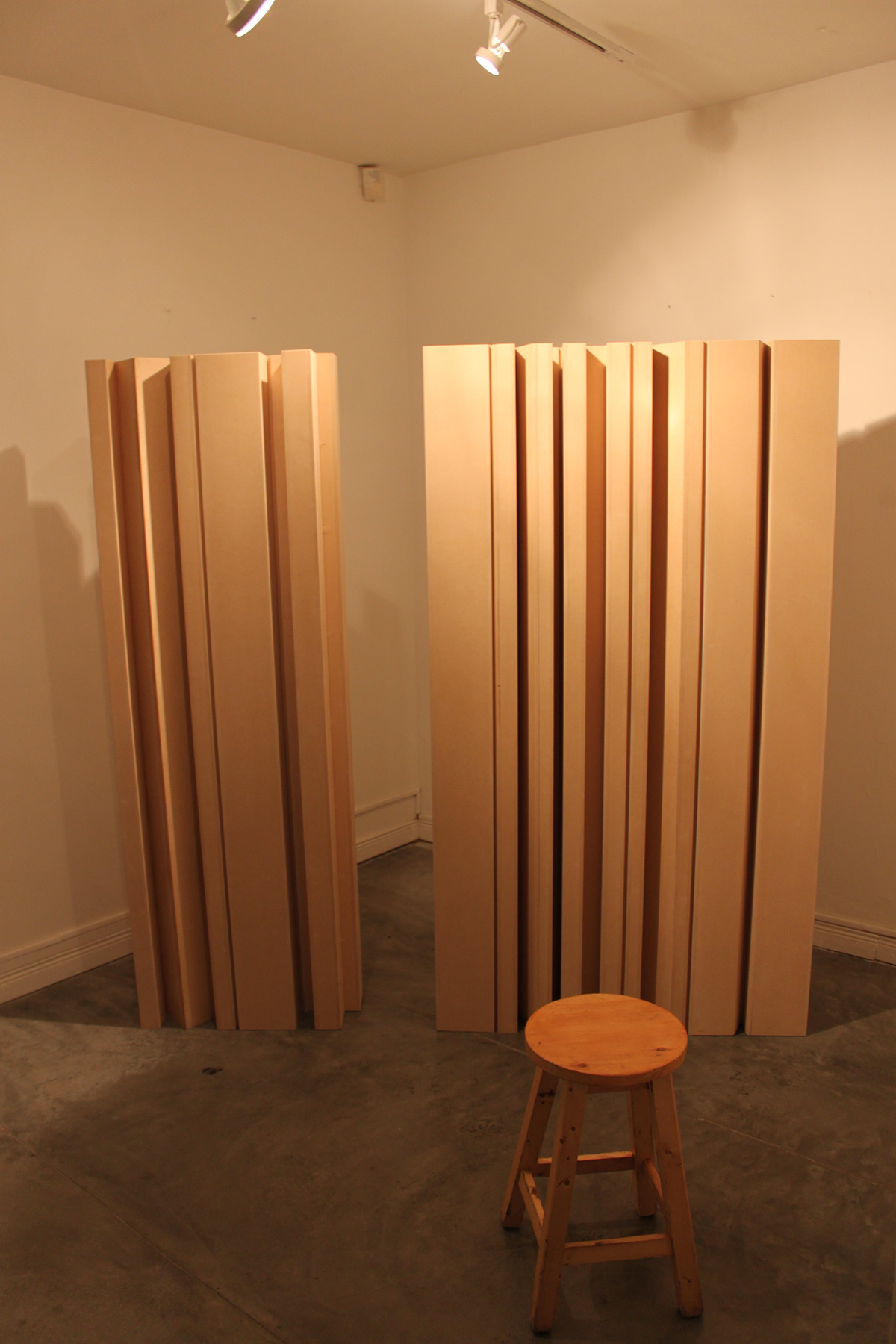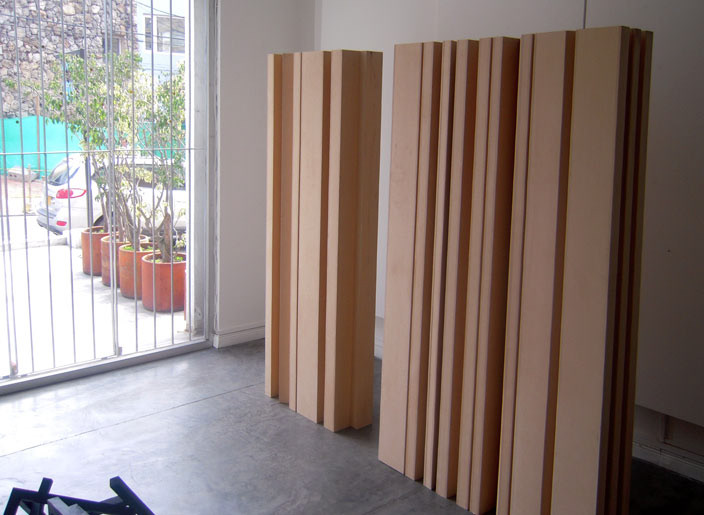La tipografía es usualmente vista como un elemento de comunicación bidimensional y en blanco y negro. Este paradigma podría ser roto si se comienzan a ver los elementos tipográficos como unos que se pueden desarrollar en otro tipo de medios, dimensiones y espacios.
En este proyecto, la tipografía fue vista como un objeto tridimensional que tiene la capacidad de afectar el sentido espacial de las personas que lo rodean. Para esto, la frase "MUY GRANDE" fue extruida hasta el punto en el que las personas no fuesen capaces de leer las letras a menos de que se subieran en una silla. La frase fue elegida como una paradoja entre el tamaño de las palabras y cómo este mensaje era imposible de leer.
Typography is usually seen as a bi dimensional, black and white element used for communication. This paradign could be broken if we start seeing typography elements as ones that can be developed in other types of media, dimensions and space.
In this project, typography was seen as a tridimensional object that can affect the spatial sense of people surrounding it. For this, the phrase "MUY GRANDE" (too big) was extruded to the point where people were not able to read it unless they stood up on a chair. The phrase was chosen as a paradox between the size of the words and how this made the message unreachable to be read.



This project was selected to be part of a collective exposition called "typographic Anomalies" at a local gallery in Bogotá.
